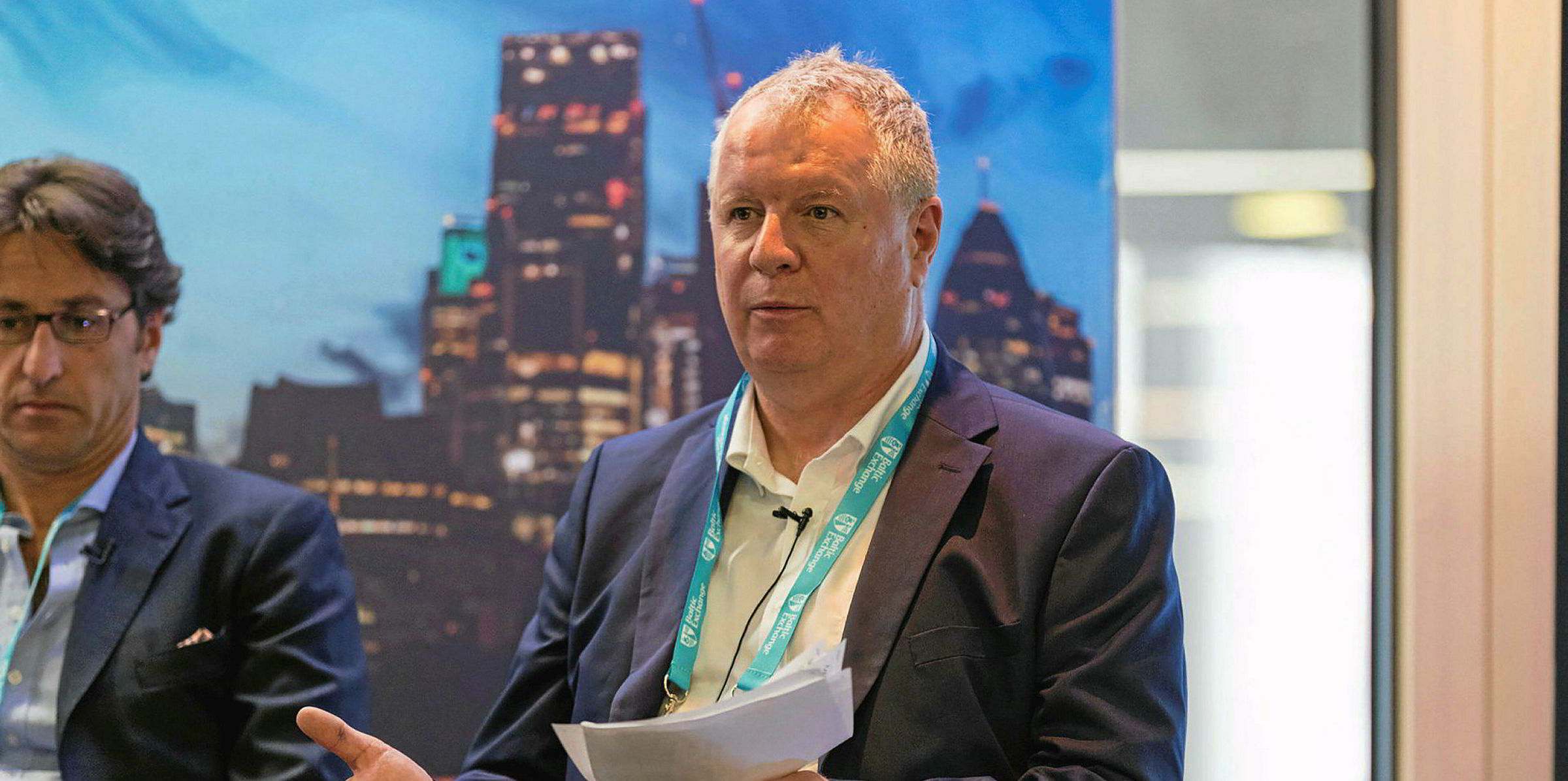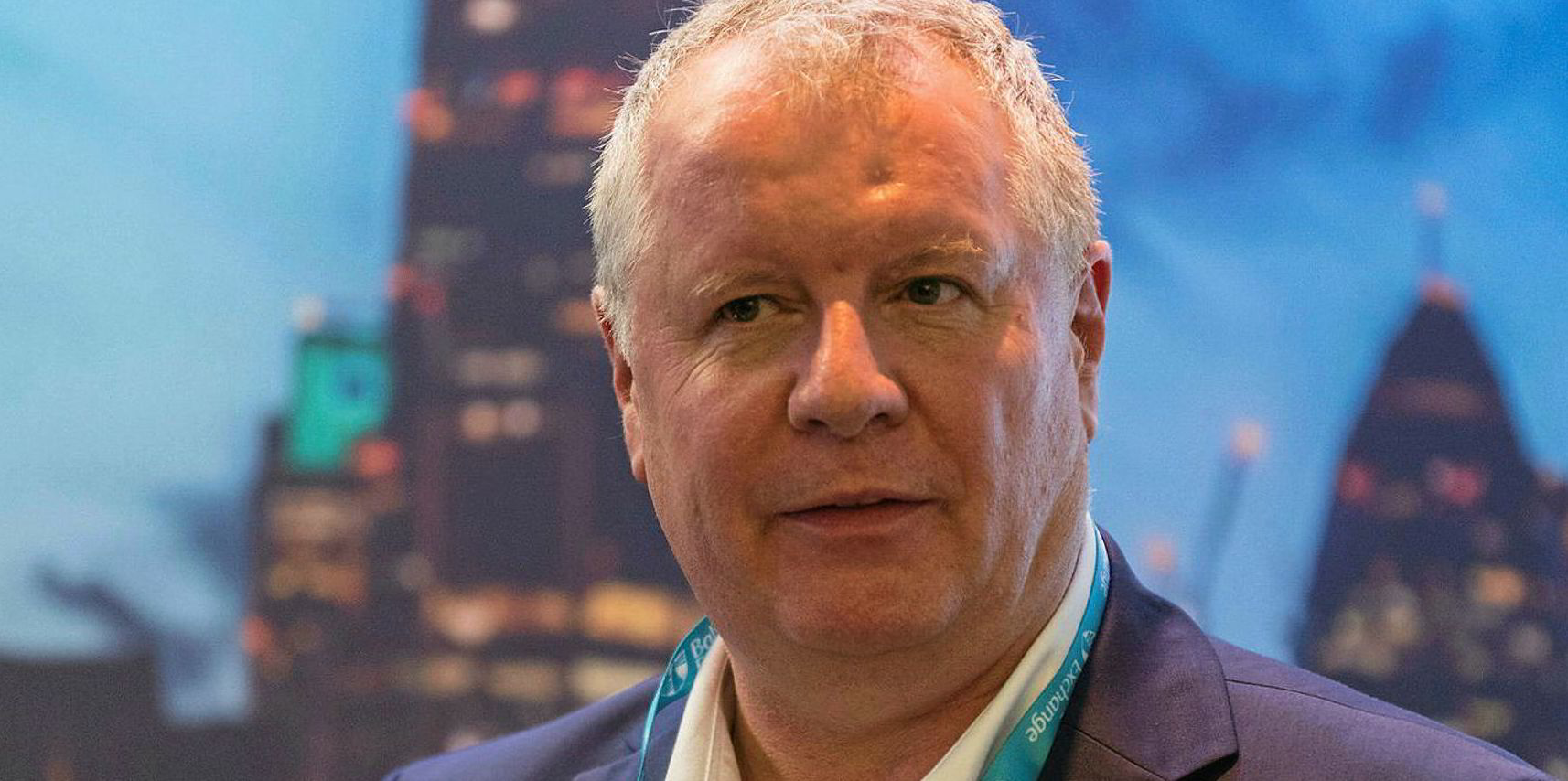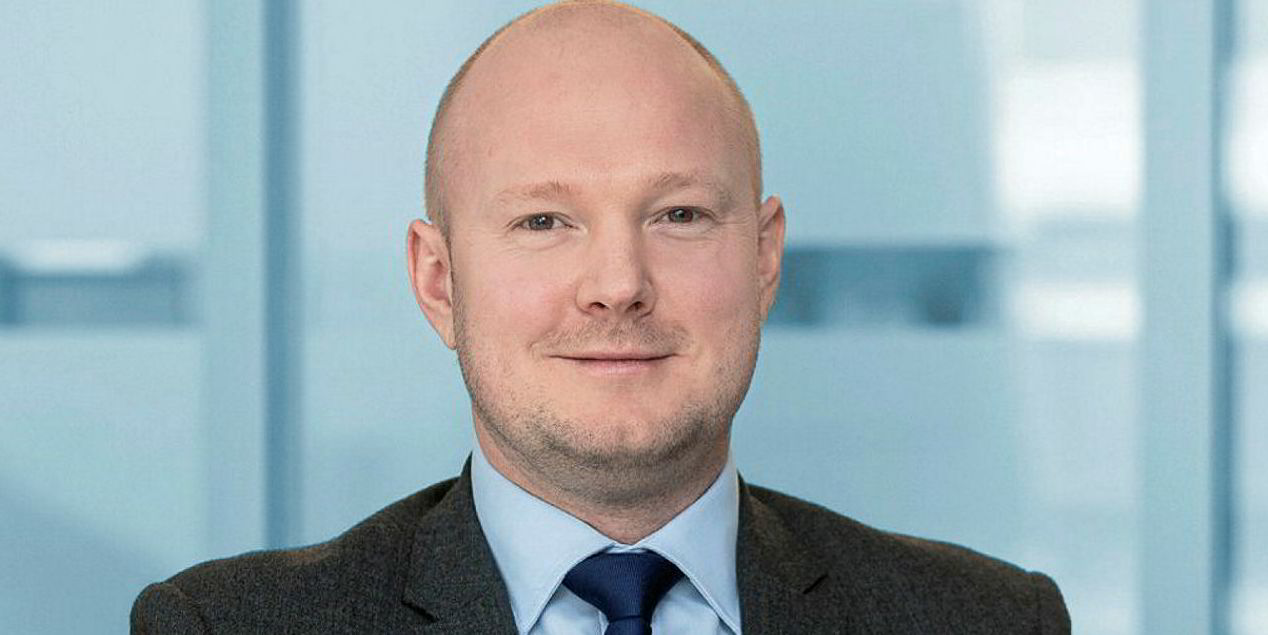BLOC-X has set out to succeed where previous electronic trading efforts failed by embracing shipping players in its marketplace for forward freight agreements (FFAs).
The outfit, which has Ioannis Martinos’ Signal Group as a key shareholder, is especially trying to woo FFA brokers.
The London-based fintech company’s founder and chief executive, Andrew Toumazi, suggested he will be busy inviting brokers to join the platform while coordinating exchanges.
“We're a software service business. We just charge a subscription fee to access the platform,” said Toumazi, who recently expanded the business into the shipping industry after its success in the oil futures market.
“We respect the [current] market structure, which I think previous kind of attempts haven't done.”
In particular, the effort is aiming to learn from the factors that led to the closure of the Baltic Exchange's Baltex FFA trading platform.
Following the failed attempts at creating a freight futures market by Biffex and Imarex, the exchange launched Baltex in 2011 as an electronic marketplace that facilitated FFA deals between traders.
But brokers, which formed a large proportion of the Baltic membership, feared the system would erode their businesses and trading volumes on the Baltex were low and could not cover costs.
Baltex closed
Baltex’s operations stabilised after an agreement with clearing house LCH that allowed its platform to report block futures. But the Baltic eventually decided to shut it down in 2017 after LCH withdrew from the freight market.
The Baltex model effectively cut brokers out of the equation, Toumazi said.
“We think brokers are our key to the community element,” he said. “We kind of are almost in the opposite way.”

Working with existing players
Toumazi brought in Ocean Solutions when launching his platform in May. On 10 June, the US-based brokerage put together BLOC-X’s first two FFA deals on 10 June — a 5,000-tonne TC14 contract and a 30,000-tonne aframax deal on the route between the US Gulf to Europe.
French broker BRS Group was the second to join.
“We're in the process of bringing on a number of other shipping brokers at the moment,” Toumazi said.
Functioning like a trading system, the BLOC-X platform allows traders and brokers to present pricing ideas for exchange-listed tanker FFAs.
These are instruments from CME, Intercontinental Exchange, Singapore Exchange and European Energy Exchange, so BLOC-X itself also needs to meet the transparency requirements of exchanges, Toumazi said.
“We’re not aligned to any one exchange,” he added. “We act as a marketplace provider.”
In essence, the chief executive hopes the system can enhance the workflows of market participants by distributing trade information on a single platform.
Toumazi said that at the moment, most of this distribution is done over chat or via the telephone in a very fragmented way.
“We are digitalising that whole process,” he said. “We create an aggregated marketplace for brokers and traders.”
Ambitious player
Toumazi envisages that the platform could cover 50% of the tanker FFA trade within 12 months, saying that BLOC-X can tap into its existing client base, which includes Mercuria, Gunvor and Trafigura. He also aims to include dry bulk FFAs in the future.
Before moving into freight in the last quarter, in September the company launched its cloud-based platform for over-the-counter oil traders to present block futures.
“There is something to be serviced with our existing oil customers,” said Toumazi, adding that most of the major trading houses on the oil side also participate in FFA trading.
“They know us. We're not a new provider to them. They're comfortable with what we're doing,” Toumazi said.






